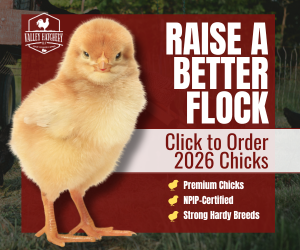The cave shape could be a problem for that many chicks.
With a broody hen, chicks can go under her from all sides, and can get back out on all sides if they are feeling crowded.
A brooder plate (flat thing on legs) can let chicks go under from all sides, and get out on all sides.
A heat lamp can let chicks go in and out of the warm area from all sides (unless it's in a corner, then they only have two sides to go in and out, but that is still quite a lot of space to go in and out of.)
But with a cave that is closed everywhere except the back, you have a risk of chicks in front squishing chicks in back, and the ones in back being trapped with no way out. Then the back ones can get killed by squishing or by overheating. This would not be a problem with a small number of chicks (plenty of space for the back one to get past the other few), but I would be concerned that 18-20 chicks could be a dangerously large number for this setup.
Having two caves could help with keeping all the chicks warm, but will not help much with the smothering issue. They might all try to go into one cave at the same time. Chicks tend to copy each other and stay in groups, so I think there is a pretty good chance they would all try to go into the same one.
I can't say for sure whether it will work for you or not, just mentioning the details I would be most concerned about. Actually watching the chicks will give you much more information than predictions made by some person on the internet, but of course that doesn't help with setting up before they arrive.
I agree, definitely check the policy of the hatchery.
There is a good reason to use heat lamps for newly-arrived chicks instead of any other heat source.
The chicks arrive cold, thirsty, hungry, and confused. If you put them under a heat lamp, they can warm up and drink and eat all at the same time. If they wander off, they are attracted back by the light and by the warmth. Because it makes a circle of warmth, hottest in the middle, they can easily move to spots that are a bit warmer or a bit cooler.
With any of the heating pad or brooder plate ideas, a chick can choose to get warm, or it can choose to eat and drink, but it cannot do both at the same time. After a few days, when they have recovered from being shipped, that is not a problem. But when they first arrive, they need to get warm right away and they also need to eat & drink very soon. Being able to do all those things at the same time can be a big help.
A heat lamp also puts out much more heat than most heating pad or brooder plate setups. Shipped chicks can arrive badly chilled, so they need much more heat to get warm again. Once they are fully warm and fed (a day or two later), they do not need as much heat to stay warm. But that extra heat right at the beginning can make a difference.
It makes the most difference for the chicks that arrive in the worst shape. So chicks that arrive in good condition, running around and peeping and so forth, may be okay with a heating pad cave from the first day. But chicks that are in bad shape, may recover just fine under a heat lamp with food & water in the warm area, but might crawl under a cave and die there while trying to get warm and still being hungry and thirsty. Or if they can't stand up, they may not be able to get warm enough from a heating pad or heat plate (if they are expected to snuggle against it from underneath: standing up takes energy they may not have.) And if you pull them out and drip sugar water in their beaks, trying to give them more energy, then they are getting chilled again.
These points apply to chicks that have just been shipped. They do not apply to chicks that hatch under a broody hen, or chicks that just hatched in an incubator and did not get shipped, or chicks that were shipped to a store and spent several days recovering there before you got them.


